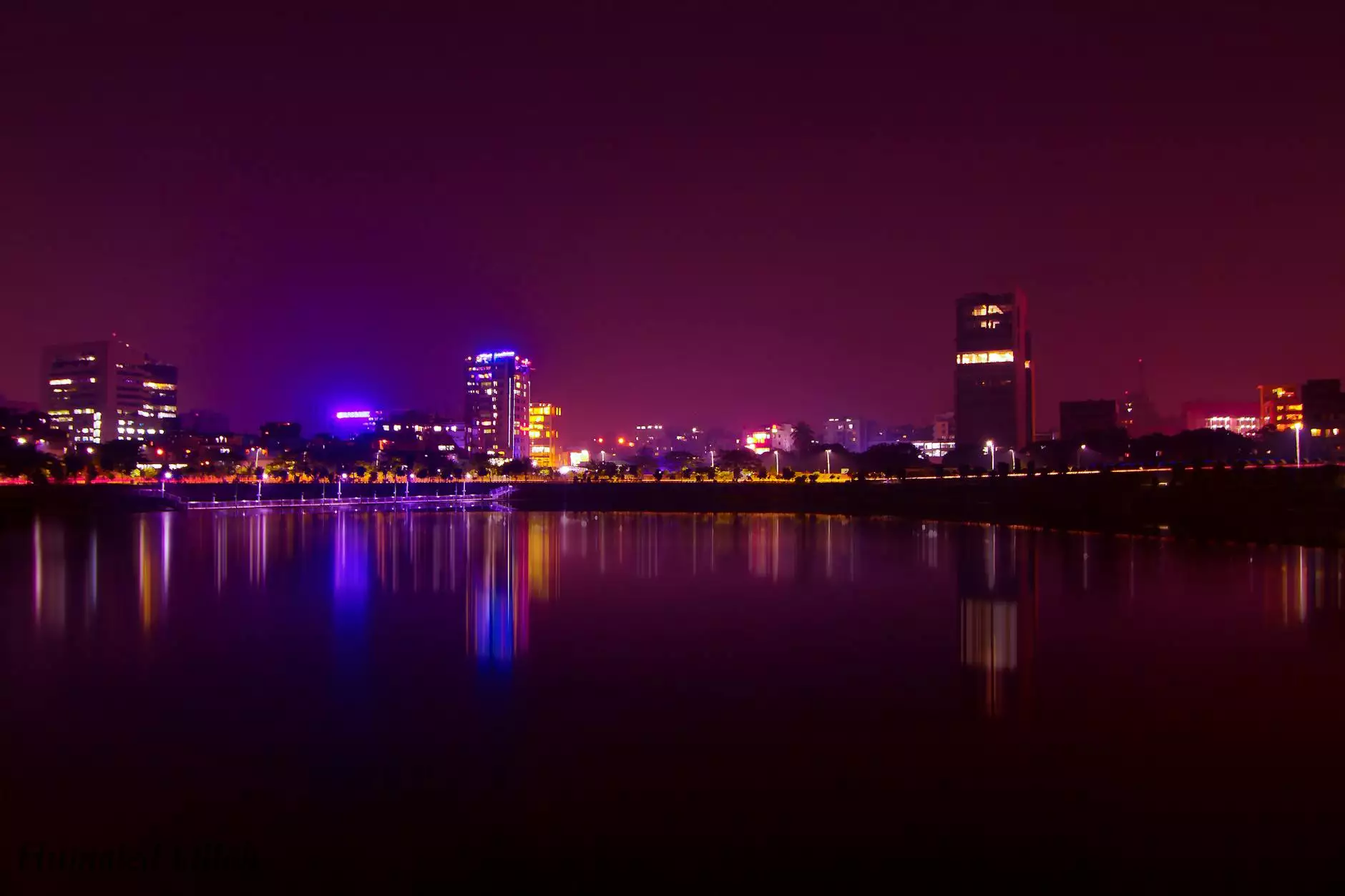Illuminating Creativity: The Role of a Light Installation Artist

The art of light installations has emerged as a fascinating intersection of art, technology, and environmental design. These installations transform spaces with vibrancy and originality, inviting viewers into a world where light becomes a medium of expression. Throughout this article, we will explore the intricate details of what it means to be a light installation artist, their creative processes, and the profound impact their works have on audiences and communities.
The Definition of a Light Installation Artist
A light installation artist is an individual who specializes in creating immersive environments that incorporate various forms of lighting to enhance the atmosphere of a given space. These artists often blend traditional artistic techniques with state-of-the-art technology.
Core Principles of Light Installation Art
- Innovation: Pushing the boundaries of how light can be perceived and used in space.
- Interaction: Engaging audiences in their experience by making light installations interactive.
- Transformation: Altering the existing environment through creative uses of light.
- Awareness: Encouraging viewers to reflect on the role of light in their everyday lives.
History and Evolution of Light Installation Art
The journey of light installation art can be traced back to the late 20th century when artists began experimenting with lighting as an artistic medium. Pioneering figures such as James Turrell and Dan Flavin laid the groundwork by using industrial materials to create thought-provoking environments that highlighted the perception of light.
As technology has evolved, so has the scope of what a light installation artist can achieve. The advent of LED technology, for instance, has allowed for greater versatility in installations due to the energy efficiency, color variety, and overall manipulative capabilities of modern lighting.
Cultural Impact of Light Installations
Light installations often reflect cultural themes and societal issues. They can serve as a commentary on urban life, environmental concerns, and even philosophical inquiries. Many installations encourage audiences to reconsider their surroundings and their relationship with light, time, and space.
Notable Light Installation Artists
Ranging from internationally renowned to local talents, there are numerous artists noteworthy for their impactful contributions to this niche:
- Olafur Eliasson: Known for his large-scale installations, Eliasson often invites viewers to engage physically and emotionally with his art through light and natural elements.
- Jenny Holzer: A pioneer in using text combined with light, Holzer’s work addresses social issues and encourages dialogue through public displays.
- Grimanesa Amorós: An exemplary light installation artist who creates stunning works that blend community aspects with compelling narratives, displayed through rich lighting.
- Ryoji Ikeda: His minimalistic approach focuses on the aesthetics of data and light, producing installations that evoke a contemplative experience.
The Creative Process Behind Light Installations
The process of creating an installation involves various stages, often beginning with conceptualization. A light installation artist identifies the core message or theme they wish to express, which serves as the foundation of the artwork.
Steps in Creating a Light Installation
- Research and Inspiration: Artists immerse themselves in research, drawing inspiration from nature, architecture, and personal experiences.
- Design and Planning: Sketches and digital models are created to visualize how light will interact with different environments.
- Material Selection: Choosing the right materials, including types of lights, filters, and reflective surfaces, is crucial to achieving the desired effect.
- Installation and Testing: This involves the physical setup of the artwork, where adjustments are made to ensure the light behaves as intended in the space.
- Opening and Feedback: Once the installation is unveiled, audience feedback is gathered to gauge emotional and intellectual responses to the artwork.
Impact of Light Installations in Art Galleries and Public Spaces
Where light installations are displayed can significantly impact their reception. In art galleries, these installations create an intimate dialogue between the viewer and the artwork, allowing for an immersive experience. Conversely, in public spaces, light installations often become temporary landmarks that transform cities into canvases of light.
Experiencing Light Installations
When engaging with a light installation, audiences are encouraged to be active participants. They walk through the piece, interact with it, and become part of the artwork. This interactivity is emphasized in installations by artists like Grimanesa Amorós, who encourages viewers to reflect on deeper meanings tied to the piece.
Social and Community Engagement
Many light installation artists aim to foster community engagement through their works. Local collaborations, public workshops, and educational programs enhance interaction and allow participants to contribute their perspectives on light and art.
The Future of Light Installation Art
As technology and creative approaches continue to develop, the future of light installation art appears promising. With innovations such as augmented reality (AR) and smart lighting, artists can explore new dimensions in their work, reaching audiences in unique and diverse ways.
Emerging Trends in Light Installation Art
- Sustainability: Artists are increasingly prioritizing eco-friendly materials and energy-efficient lighting solutions.
- Augmented Reality: Integrating AR technology allows viewers to experience light installations in unprecedented ways.
- Participatory Art: Greater emphasis on social engagement, where audiences are invited to co-create or influence the installation process.
Conclusion
In conclusion, the role of a light installation artist is multifaceted, bridging gaps between technology, community, and artistic expression. As seen through the work of various remarkable artists, light installation art possesses an unrivaled ability to transform spaces and experiences, ultimately leaving a lasting impact on both local communities and the art world at large. As the field continues to evolve, it promises new innovations and perspectives that will illuminate our understanding of art and its connection to our environments.
For more information and examples of incredible light installations, visit Grimanesa Amorós, where you can explore her compelling narratives and community-focused artworks.
Engaging with Light Installation Art
If you’re interested in discovering the powerful effects of light as an art form, consider visiting exhibitions and galleries that showcase light installation art. Engage with the work, interact with fellow viewers, and allow yourself to be immersed in the experience. The world of light installation artists is vibrant, innovative, and continually expanding, making it an exciting time to explore this captivating field.









